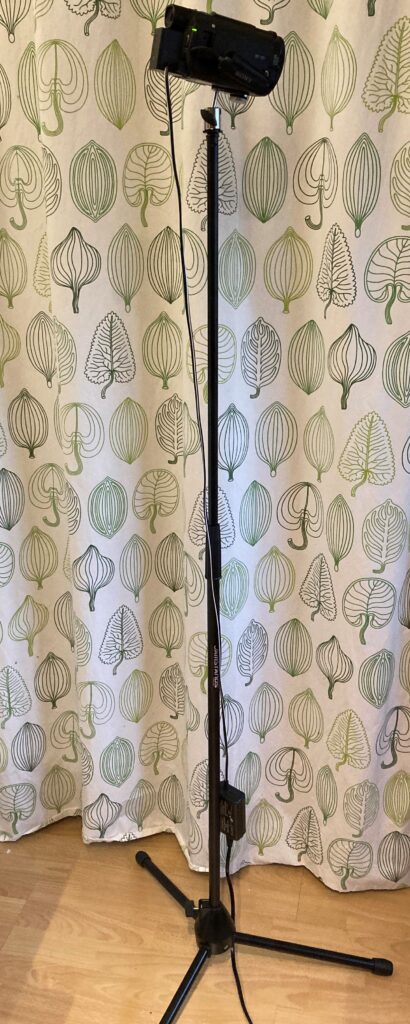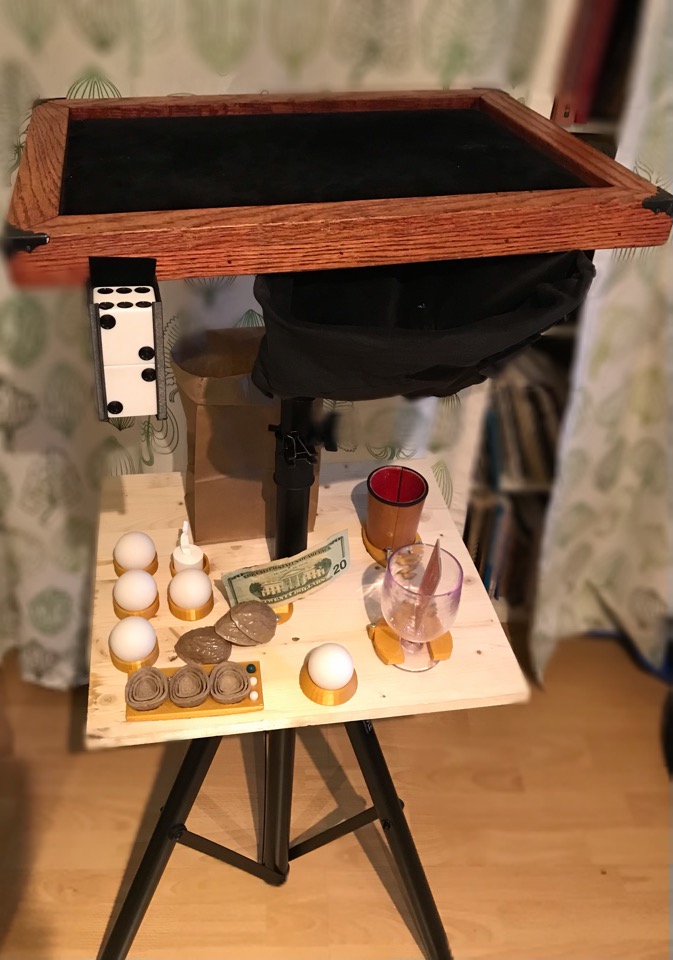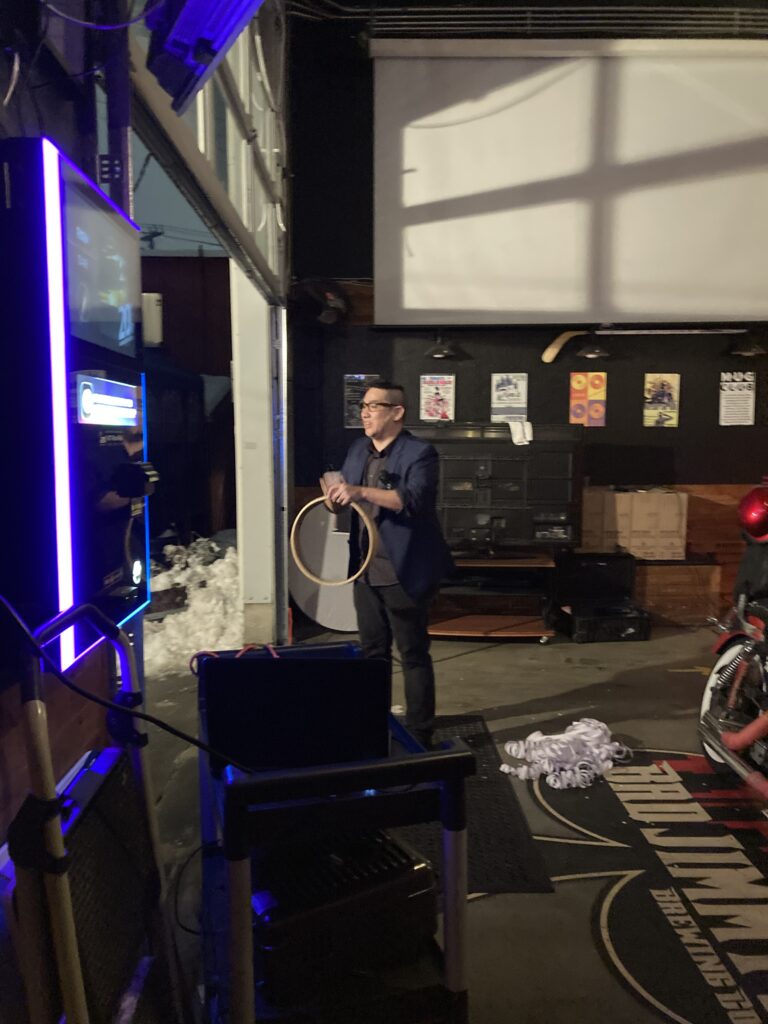One thing that I think is never taught to magicians is how to work on your show. Most magicians have no idea how to do this…I didn’t for the longest time. This week 5 years ago I drove from Seattle to Nebraska to do an 8 week school assembly tour.
The pay was garbage, but that’s not why I took the tour. They had me doing three to four shows a day, five days a week, and that’s why I took the gig. I left Seattle with some rough ideas for what the show would be like, but no established routines, just some props.
Let me stop and say that this really isn’t a good way to approach a tour. I took the gig specifically to generate material. For what it paid, I wasn’t going my tried and true material. That’s said, I did have an idea of tricks that I wanted to do, I just hadn’t really done them in a show context before.
For example, this is where I learned to do my multiplying billiard ball routine. It started out using a shell, but due to the wide angles of a school gym, it morphed to a no shell routine. I dropped a lot of material and added a lot on that tour.
OK, so how do you work on a show?
For this tour I recorded at least one show a day. Then I got back to the hotel and watched at least one show’s recording from that day. I took notes and wrote jokes every night. That’s a crap ton of watching yourself, but you get good really quick. Every night I would have several actionable things to not do in my show as well as several new jokes or bits to try the next day.
That’s how you work on a show. Record every shows (or at least one if doing multiple a day) and actually watch it with a critical eye. Write notes for what you like and don’t like. Then watch it again and write new material to add.
Pretty simple?
Yes.
However, it’s work and it’s a pain to do. When you’re on the road by yourself it’s much easier to do than when you’re at home with your family, or whatever home based distractions you have.
You need to sit down and actually watch your previous performances. It’s amazing how many shows you thought were amazing are pretty cringy when they are taken out of “the moment”.





